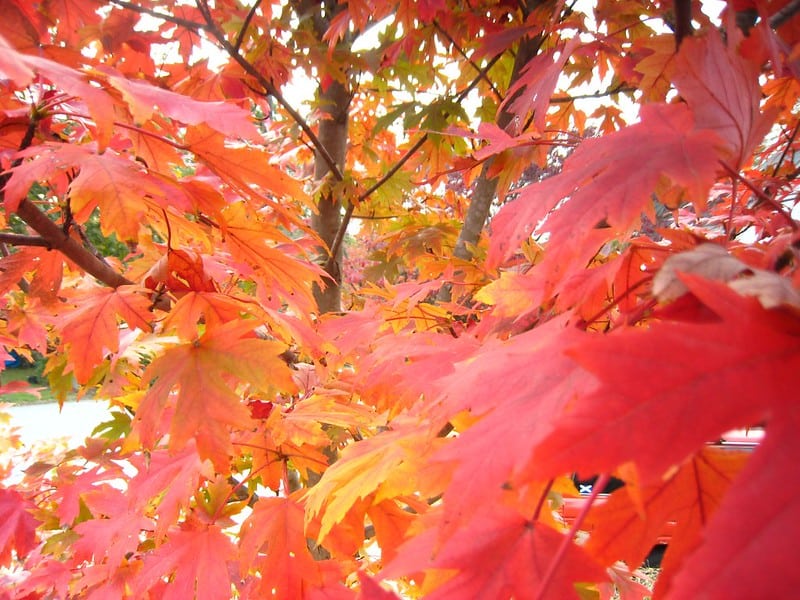
Red Maple Facts
- The fully appropriate term of Red Maple serves as the most frequently applied common name for this remarkable variety of flora. It does have a few other titles, though. These include the quite similar names of the water maple, swamp maple, and soft maple.
- Within scientific circles, however, it’s perhaps better known by its technical name. Thankfully, that’s a comparatively simple term for the layperson to pronounce. That’s because this marvel of Nature and evolution bears the formal moniker of Acer rubrum.
- It received that simple name due to the efforts of the esteemed Swedish botanist and zoologist, Car Linnaeus. The renowned researcher accomplished the first recognition of the plant as a separate and distinct species. He managed that noteworthy feat in 1753.
- Regardless of which of these terms one chooses to employ, it remains an impressive species. The flora constitutes one of the major components of most forests in its native range. It also has multiple uses, including for its sweep sap, and as a source of lumber.
- Surprisingly, however, random evolution did create a potential hazard with this beautiful species. That’s because the leaves of the plant, especially when wilted or dead, are extremely toxic for horses. Among humans, the plant merely poses allergy issues.
- Fortunately, the beautiful Red Maple appears to be maintaining a population base that’s both stable and sizeable. That pleasantly surprising condition also seems to hold true throughout the entirey of its range. The IUCN, therefore, lists the tree as Least Concern.
- The wonder of Nature nevertheless does face some potential threats to its continued existence, at least. Like the majority of species, most of these stem from the actions of man. They include habitat loss, and, of course, the effects of ongoing climate change.
Related Articles
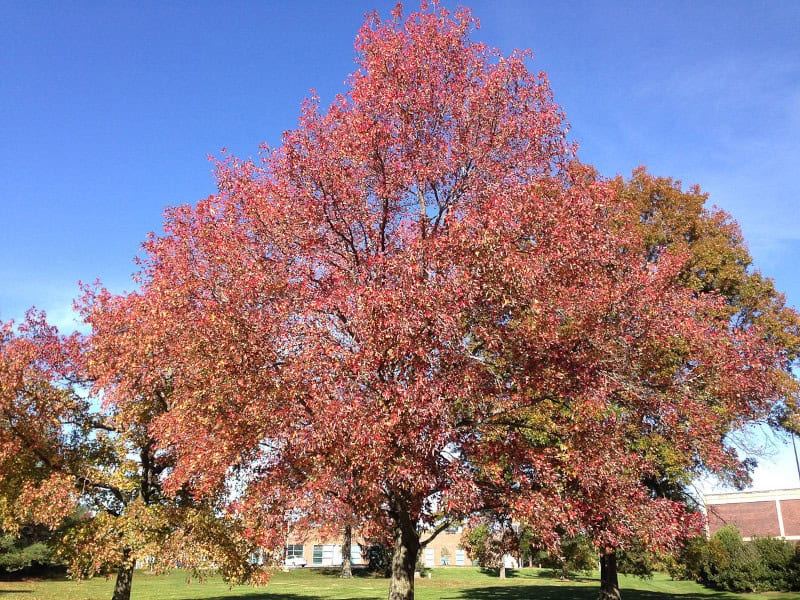
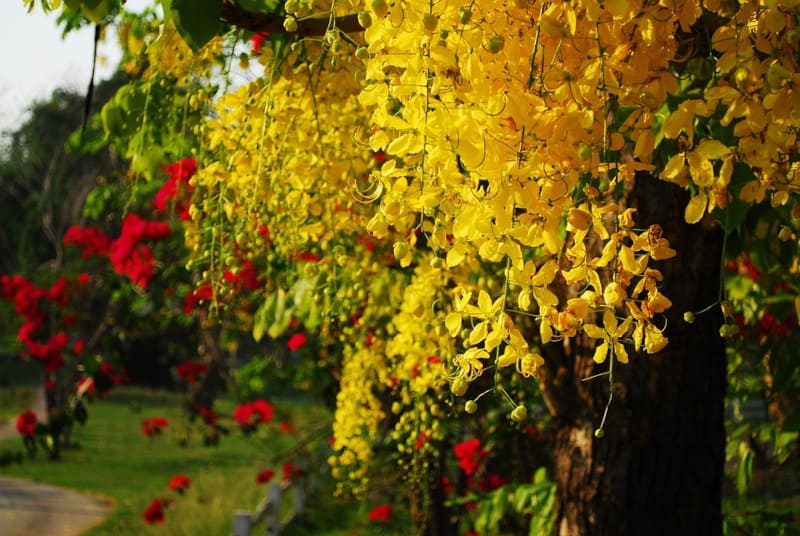
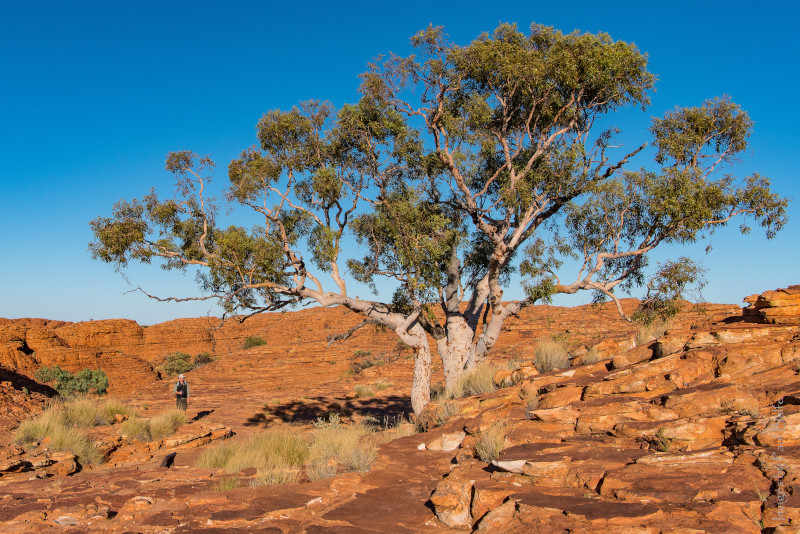
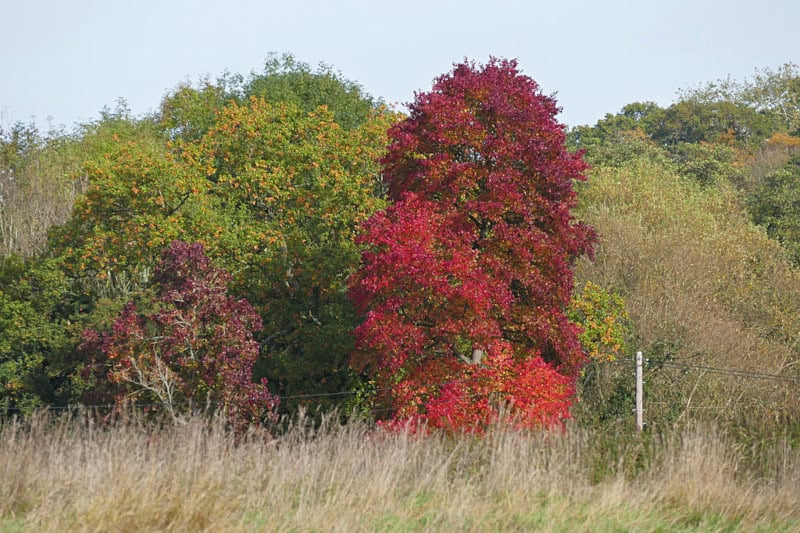
Red Maple Physical Description
The captivating Red Maple fully merits the attention and appreciation that it typically receives. That’s true since this product of botanical evolution possesses more than simple beauty for the observer. It also has some intriguing attributes that make it rather distinctive.
Sometimes the beautiful tree is easy to identify from its general appearance, yet other times it isn’t. That seemingly conflicting statement holds true due to an unexpected aspect of the species. In terms of morphology (its physical shape) it’s a highly variable variety of flora.
Generally, in terms of its size, it develops as either a medium or large species. Specimens achieve an average height range of between 90 – 120 ft (27 – 38 m). Exceptional individuals do occur, however. Some examples of the Angiosperm reach heights of up to 135 ft (41 m).
The diameter of its trunk also varies significantly between examples. This part of the tree usually ranges from 18 – 35 in (46 – 88 cm). Its bark appears a pale gray shade, and smooth, when young. As the plant matures, though, this changes to dark, and rough, with cracks.
The leaves of the gorgeous Red Maple also attain respectable measurements. This deciduous foliage typically measures 2 – 4 in (5 – 10 cm) in both length and width. Each also generally displays 3 -5 lobes, with serrated edges. Each also grows independently on a thin stem.
Yet it’s the coloring of this remarkable part of the tree that garners the most attention. It’s also the source of the common name. As with related plants, these present a bright green shade when young. When they change in Autumn, however, each presents a bright red hue.
Its delicate flowers develop as quite small, but appear in large clusters. These average 0.5 – 2 in (1 – 5 cm) in length. The tiny blooms show a bright red color. The fruit of the lovely tree develops a winged shape, and grows in pairs. These rarely exceed 1 in (2.5 cm) in width.
- Kingdom: Plantae
- Phylum: Tracheophytes
- Class: Eudicots
- Order: Sapindales
- Family: Sapindaceae
- Genus: Acer
- Species: A. rubrum
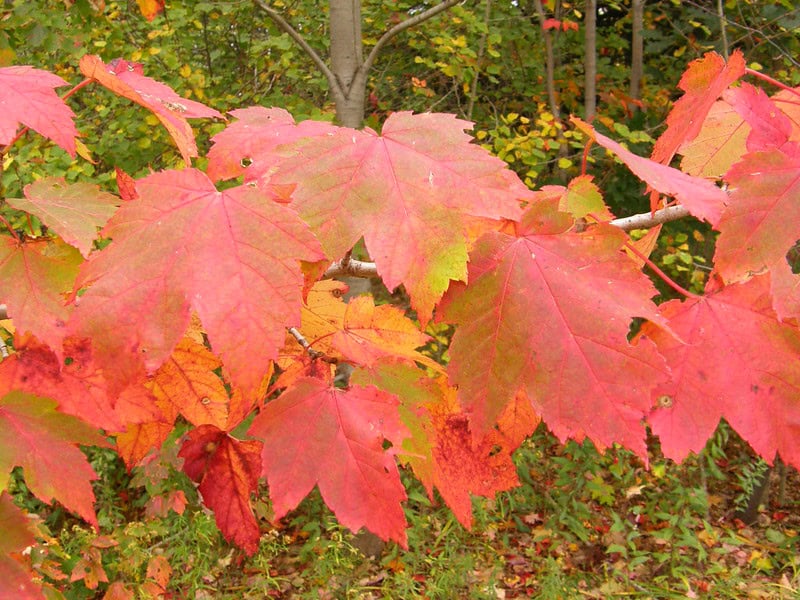
Red Maple Distribution, Habitat, and Ecology
The aptly-named Red Maple evolved as native to a moderately large portion of the globe. That same zone of habitation also remains well known for its abundance of remarkable fauna and flora. That’s because it’s endemic to a portion of what’s now North America.
Within that greater range, though, it only appears naturally in the approximate northeastern section of the continent. That area of habitation extends from Newfoundland, in Canada to the north. From there, it extends through the southeastern sections of the United States.
In the latter country, it appears as far south as the states of Florida and Texas. Throughout that territory, the marvel of Nature is present most abundantly across the Appalachian Mountains, due to their conditions. That same range extends across most of its territory.
Although it prefers that mountainous region, the species displays a very high degree of adaptability. That trait’s manifested by its ability to do well in a variety of local systems and environments. Among other factors, the tree thrives in a wide range of soil conditions.
It makes its presence known in both moist and dry biomes. The tree grows equally well on dry ridges, and in swamps and peat bogs. Its ideal conditions, however, remain clear to scientists. The marvelous flora grows best in moderately well-drained moist locations.
Despite its size, the Red Maple typically represents one of the earliest flowering plants in the spring. These tend to germinate in early summer. Though individually small, the tree produces them in vast numbers. A single specimen can produce up to 91,000 in a season.
Its sap serves as a common food among humans, usually as a syrup. Yet in the wild, it also constitues a vital source of nutrition for many animals. Several Lepidoptera feed on its leaves, including the Rosy Maple Moth. Various deer and elk also eat the bark in winter.
Species Sharing Its Range
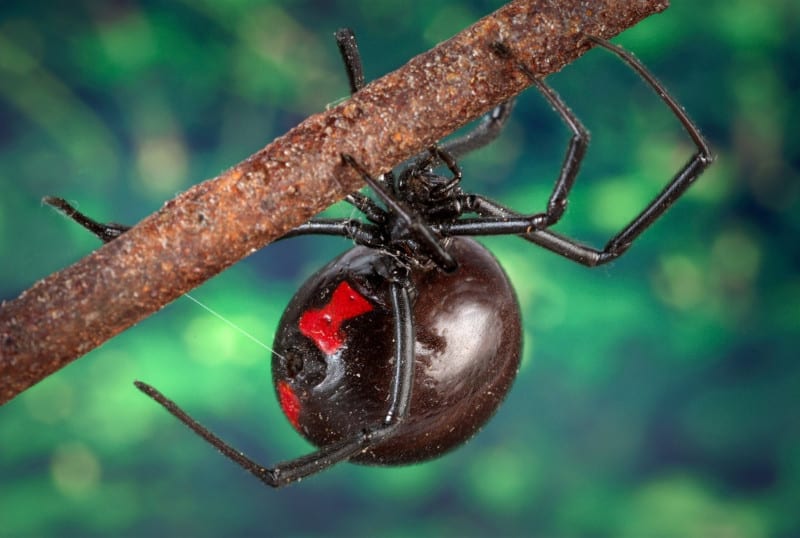
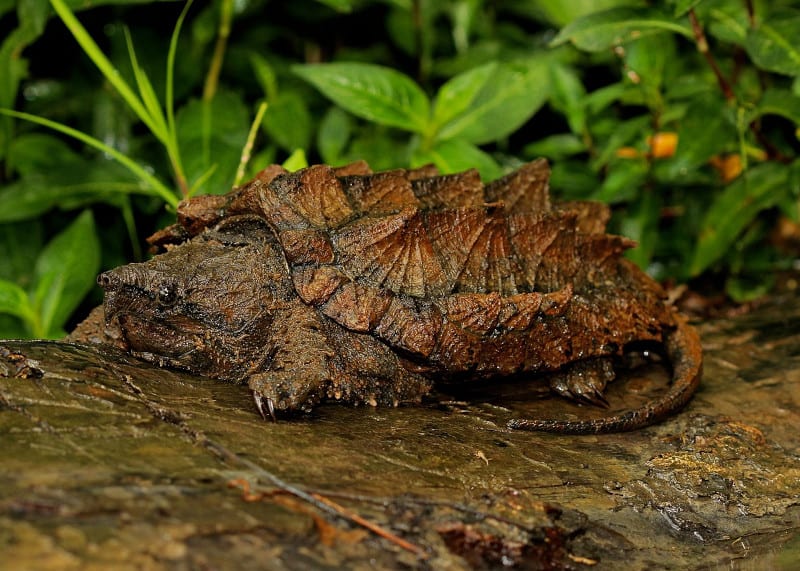
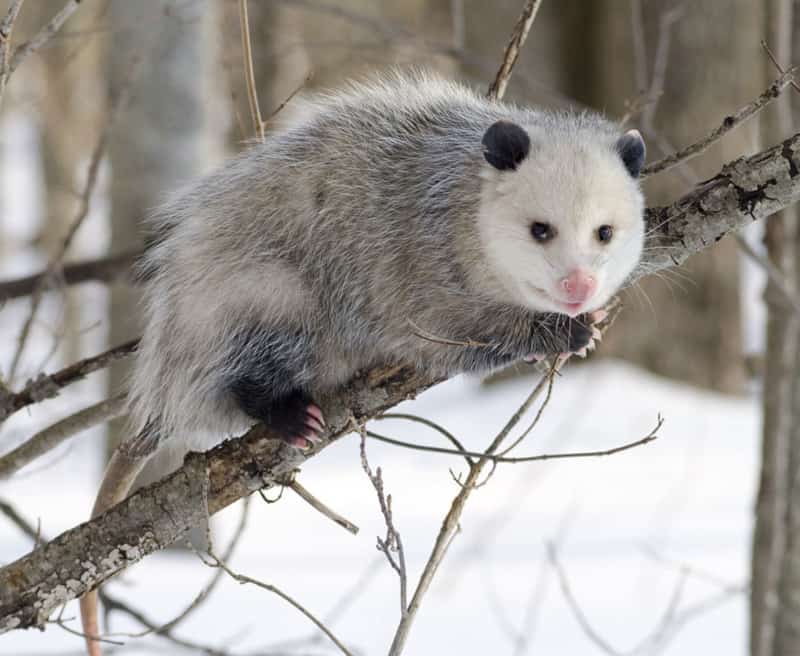
Check out our other articles on 5 Beautiful North American Birds, Giant Clam, Gobi Desert, Philippine sailfin lizard, Rosy Veincap, Ribbon Seal, Eastern Cicada Killer, Hyacinth Macaw,









Leave a Reply